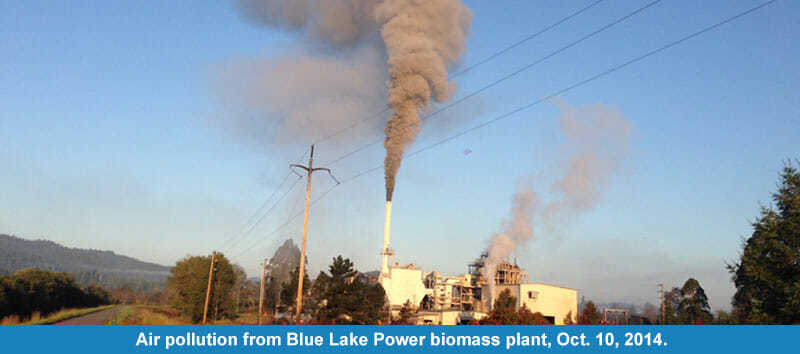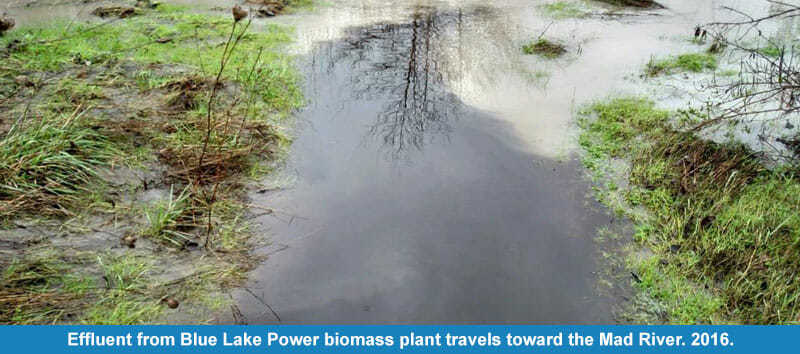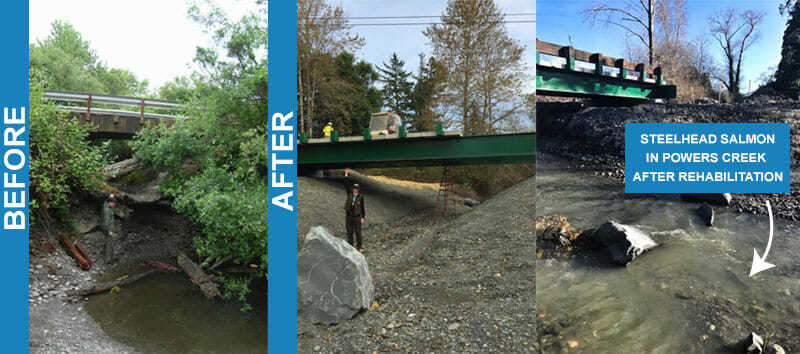
Tribal Environmental Protection Agency
William Matsubu, Ph.D.
Environmental Director
Ava Iorizzo
Environmental Coordinator
Alexandra Toyofuku
Climate Specialist
Michael Shackelford
Land Conservation Specialist
Grace Poitras
Garden Manager
Karley Rojas
Native Plant Specialist
Isak Brayfindley
Environmental Assistant

Programs
Environmental Programs manages activities to preserve and protect the natural and cultural resources of both the Blue Lake Rancheria and the Tribe’s ancestral territory. Program areas include:
- Air quality
- Indoor air quality
- Outdoor air quality
- Co-management of the Mad River
- Water quality monitoring
- Endangered and Threatened species protection
- Watershed-based planning
- Solid waste reduction
- Recycling
- Composting
- Source Reduction
- Conservation efforts
- Land Use Planning
- Public health outreach
- Climate action – mitigation and adaptation
- Drought planning
- Flood planning
- Sustainability
- Resilience
- Data and records management
- Consultation & Coordination with Federal, State, and Local Agencies
- Community outreach & education
- Tribal Historic Preservation Office
- Cultural resource protection
- Consultation
- Mapping
The Tribe has worked in partnership with the US EPA, US Fish & Wildlife Service, California Department of Fish & Wildlife, NOAA Fisheries, Bureau of Indian Affairs, local agencies and non-governmental organizations to achieve its mission.
BLR Environmental Threats
Environmental Justice
Health equity and environmental justice are ongoing issues for the Tribe. Non-Tribal entities have located hazardous infrastructure on, and adjacent to, the Tribe’s lands, including a wastewater treatment plant and a decommissioned landfill, and a large (11MW) biomass power plant.
Air Pollution
Humboldt County is a non-attainment area for particulate matter (PM10), encompassing all of the Blue Lake Rancheria.
Tribal members, especially children and the elderly, have endured severe health impacts from air pollution from the large (11MW) biomass power plant less than ½ mile from the Tribe and is a “high-priority violator” according to U.S. Environmental Protection Agency OECA enforcement reporting.
The Tribe is impacted by particulate matter (PM) 10 and 2.5 microns, oxides of nitrogen, carbon monoxide, short lived climate pollutants, and other toxic emissions from the biomass power plant. For more information on air pollution health hazards and impacts, please visit this resource.

Water Pollution
The Mad River, which flows through the Tribe’s lands, is listed as an impaired waterway under Section 303(d) of the Clean Water Act for elevated temperatures, sediment loads, and turbidity. The Mad River is home to several endangered and threatened species, including Chinook and Coho salmon, summer- and winter-run Steelhead, Pacific Eulachon, Longfin smelt, Pacific Lamprey, Foothill Yellow-Legged Frogs, and others.
In recent years, toxic cyanobacteria or ‘blue-green algae’ has been an annual hazard, due to drought, increased temperatures and excess nutrients in the water.
Effluent from the upstream biomass power plant – both run-off (see photo, this page) and airborne pollutants that deposit into the Mad River – contribute to Mad River impairment.

Cumulative Impacts
Air and water pollution, climate hazards, and other environmental impacts are amplified at BLR due to the surrounding region’s geographic isolation – main roads are prone to landslides (which can take months to clear, and disrupt supply chains) and connections to outside electricity, natural gas, and communication grids are tenuous. The region’s relatively low population effects access to resources and priority for environmental enforcement.
All these issues contribute to BLR’s environmental and public health impacts and concerns.
BLR Environmental Initiatives
- Air Quality Monitoring
- Water Quality Monitoring
- Class 1 Air Designation for Blue Lake Rancheria Airshed
- Treatment as a State for Water Quality
- Tribal Water Quality Standards
- Treatment as a State for Title V Air Permit Review
- Non Point-Source Pollution Assessment and Management
- Environmental Assessments
- Strategic Environmental Planning
- Regional Environmental Cooperative Efforts
- Mad River TMDL Stakeholder Group
- Humboldt Bay Municipal Water District’s Water Resources Planning
- Environmental restoration & habitat enhancement projects
- Project Highlight: Powers Creek Fish Passage
In 2016, at Powers Creek, just upstream from where it joins the Mad River, BLR led a successful fish passage restoration project with funding from the US Fish & Wildlife Service.
Please see before and after photos, and beautiful fish in the new rehabilitated environment.
Powers Creek is an important tributary to the Mad River. Decades ago, an undersized bridge was reinforced with cement. Over the years, this cement waterway created a sizeable drop and scour pool, disconnecting fish passage and exacerbating flooding upstream. BLR’s Environmental Programs Department was honored to lead this successful ~$250,000 project to work with the landowner, NOAA Fisheries, and engineering consultants to remove the bridge, and excavate and re-grade Powers Creek. We look forward to continuing to restore this important tributary in coming years.

